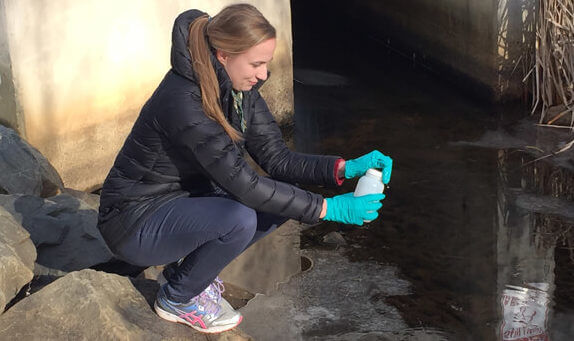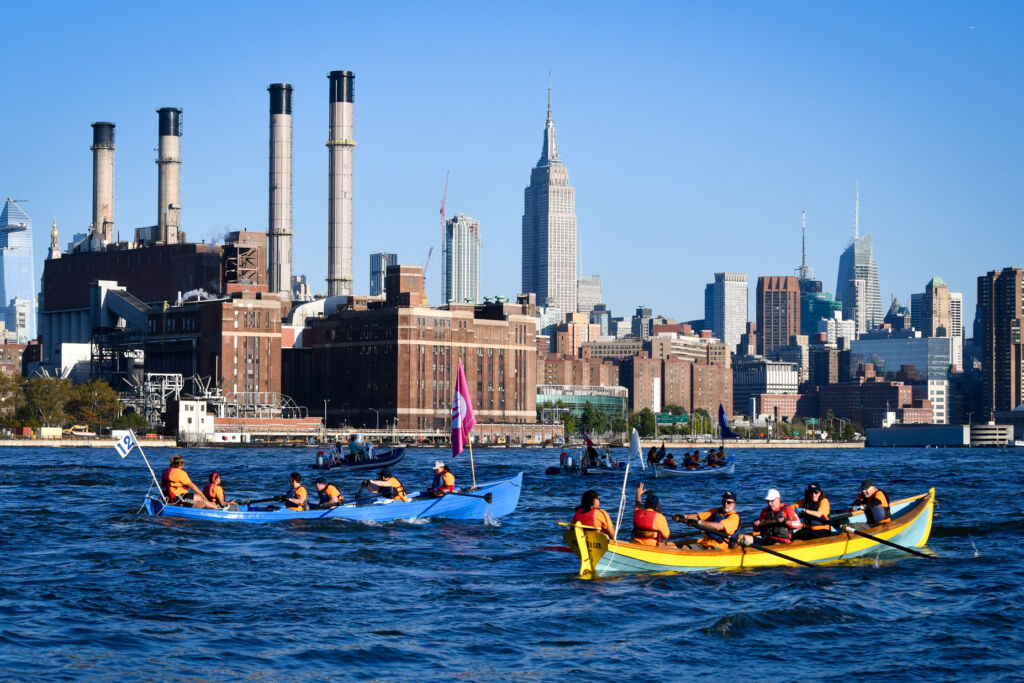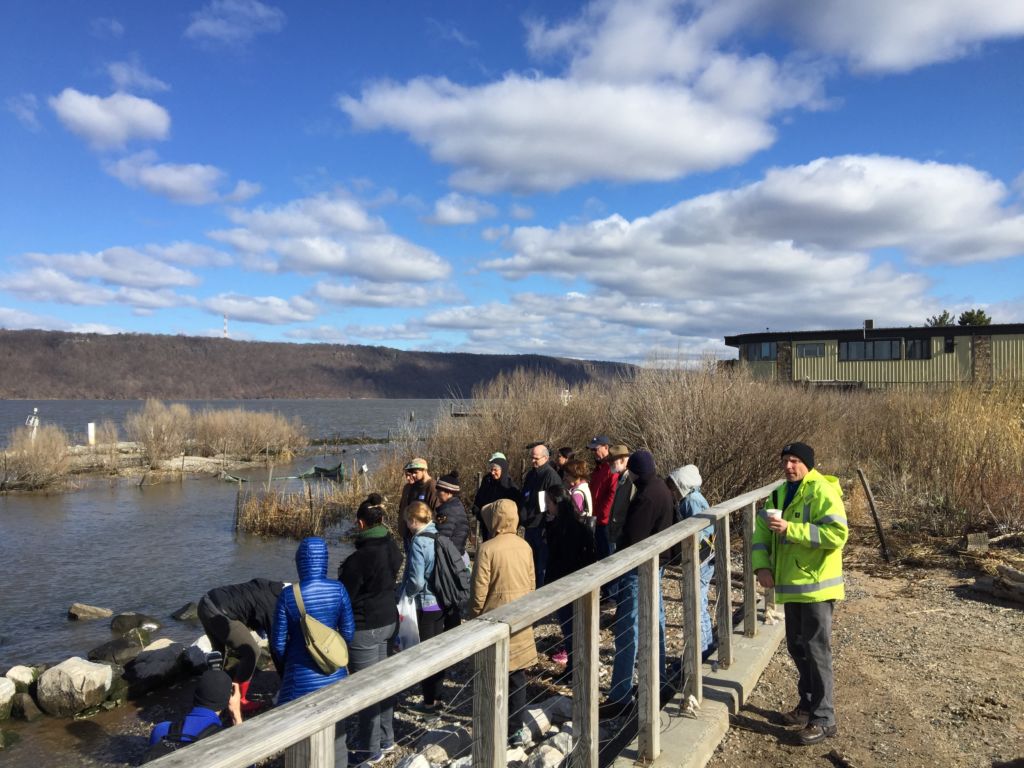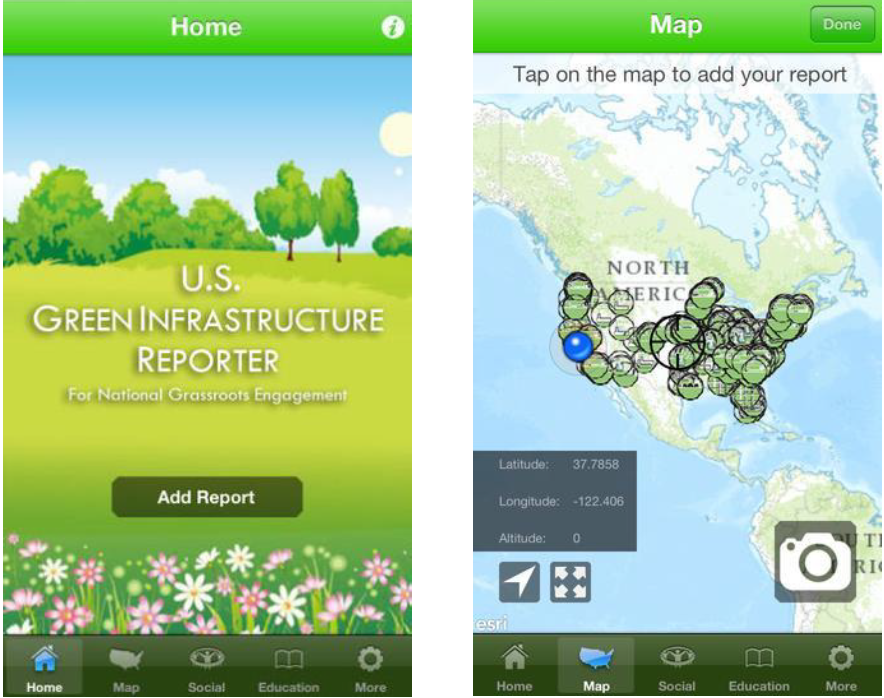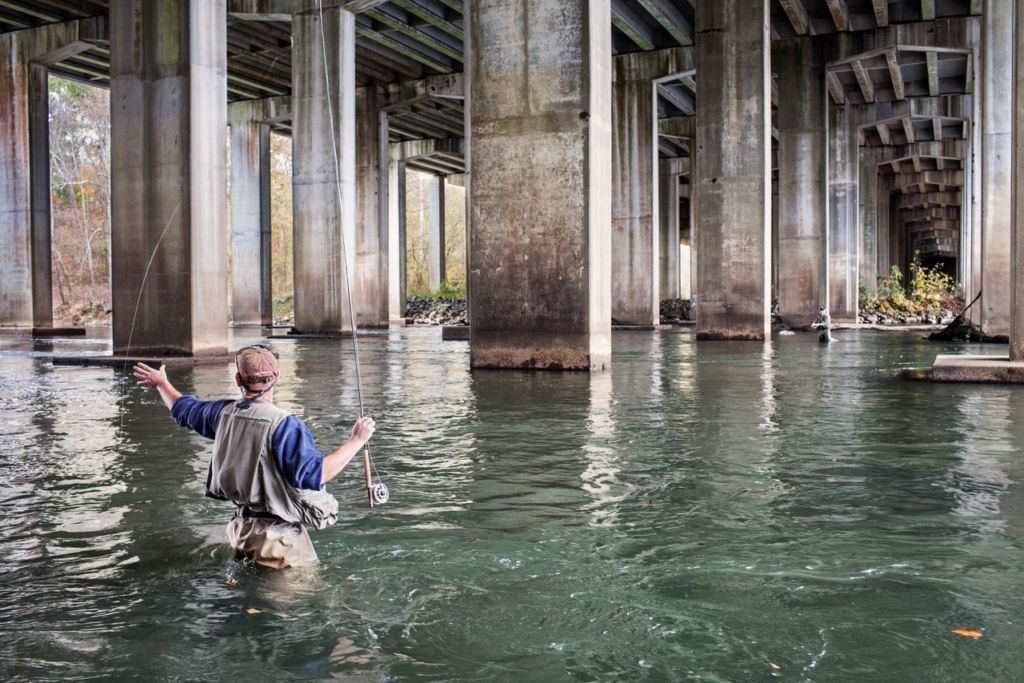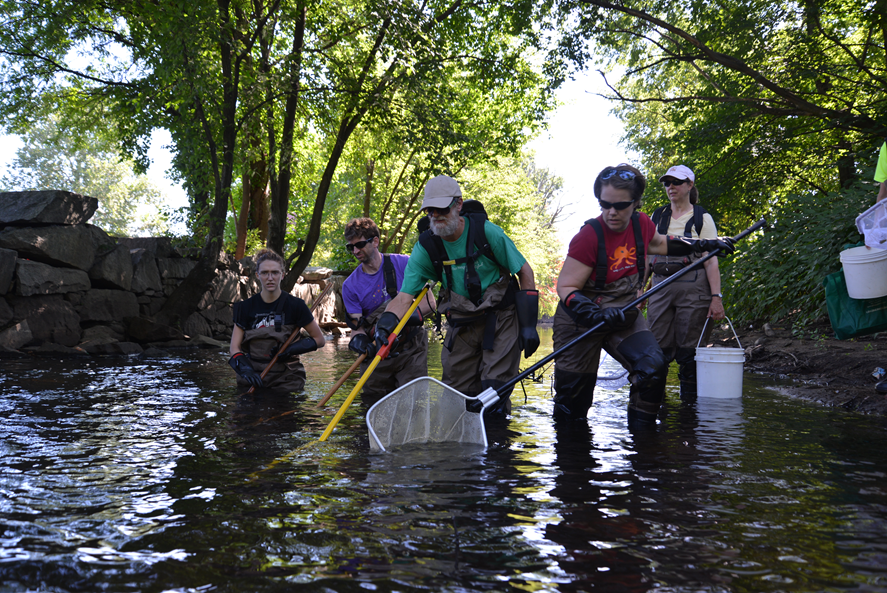Impact Story
November 29, 2021
Three watershed associations in the Boston area—the Mystic River, Charles River, and Neponset River Watershed Associations—are collaborating with community volunteers and the U.S. Environmental Protection Agency (EPA) to monitor water […]
March 9, 2020
With a strong background in youth engagement, Rocking the Boat is a nonprofit organization in the South Bronx that supports kids’ growth through hands-on discovery. What started as a boatbuilding after-school program has grown into a multi-pronged approach for youth empowerment in an environmental justice community.
May 24, 2018
To further understand the severity and sources of bacterial pollution in the four urban subwatersheds in the Hudson River Estuary, Sarah Lawrence Center for the Urban River at Beczak (CURB), supported by an EPA Urban Waters Small Grant, created the Lower Hudson Urban Waters Collaborative. Partnering with Riverkeeper, the Hudson River Watershed Alliance, and the Bronx River Alliance, the Urban Waters Collaborative created a strong partnership in the Lower Hudson Valley in which the organizations share experiences and combine data resources with the goal of strengthening stewardship and community science capacity.
September 11, 2017
In urban settings, stormwater runoff is one of the leading water quality concerns due to limited surface area where water can infiltrate into the soil. Impervious surfaces result in water flowing quickly across pavement and down gutters and sewers rather than dispersing out evenly over the landscape. The farther and faster the water travels, the more contaminants and sediment it picks up along the way.
October 11, 2015
The Citizen-led Monitoring of Urban Wetland Restoration in New Orleans creates active wetland advocates by placing technology into community members’ hands, especially in those of low-income Lake Pontchartrain residents. This effort was supported in part by a $50,000 Urban Waters Small Grant funded by EPA.
July 7, 2015
The Chattahoochee River drains more than 8,500 square miles and is the most heavily used water resource in Georgia. The river starts as a cold-water mountain stream and flows 430 miles to its confluence with the Flint River at Lake Seminole and the Florida border, traveling through the cities of Atlanta and Columbus, GA along the way.
June 6, 2015
In 2014 the Blue River Watershed Association (BRWA) received $59,940 from EPA’s Urban Waters Program to work with its partner agencies to engage eight teams of urban middle school students, four teams this spring and four teams in the fall. BRWA will engage the youth in water quality monitoring studies, data collection, and community presentations and projects.
April 22, 2015
Funded by an EPA Urban Waters Small Grant, the Wood-Pawcatuck Watershed Association and the Woonasquatucket River Watershed Council teamed up with the Rhode Island Dept. of Environmental Mgmt. and other partners to develop a fish community monitoring program for Rhode Island’s wadeable urban rivers and streams. Program goals are to assess changes to habitat health, target locations for water quality restoration initiatives, engage community members in citizen science initiatives, and provide water quality information to the public.
April 7, 2015
In 2012 the Pollution Prevention Institute at Kansas State University was awarded a $60,000 urban waters small grant from EPA, part of which was used to conduct water quality monitoring in the river channel in addition to engaging the public in the removal of invasive species along the river bank. Intended outcomes of their project include establishing an understanding of the pollutants present in the river and helping create a more informed public which understands the importance and process of maintaining the integrity of the river channel.
March 26, 2015
In 2012 Groundwork Denver received funding from the Colorado Department of Public Health and Environment through the Environmental Protection Agency’s (EPA) 319 Nonpoint Source funds. With EPA’s funding Groundwork Denver has successfully created a non-point source watershed plan for the Lower Bear Creek.

